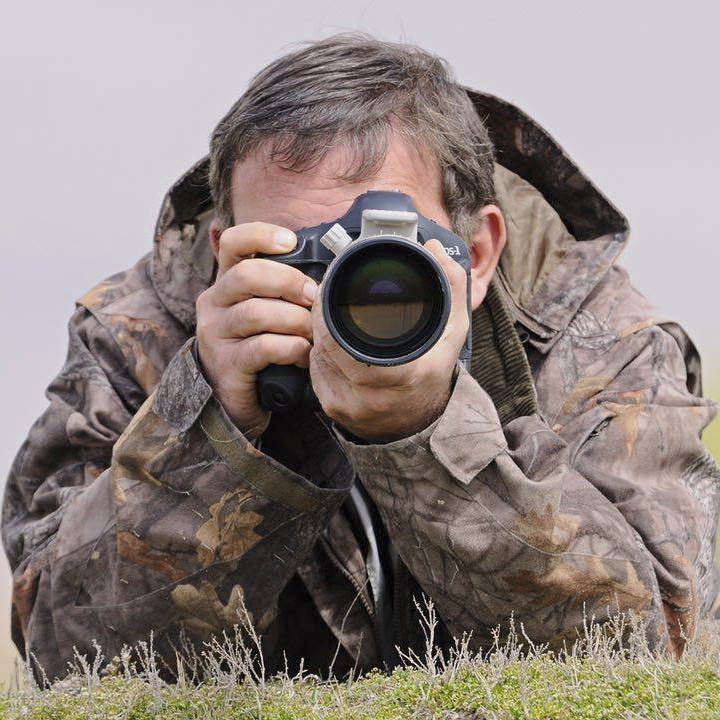Social Pressure
Is it worth traveling to the other end of the country for a bird, only to return just a few hours later? For some, it’s a way of life. But for me… it’s a different story.
Some bird photographers, upon hearing news of a new or rare species being spotted, immediately rearrange their schedules to travel to the location and photograph the bird before it leaves the country. No matter how tight their schedules are, they are determined enough to take the first flight in the morning and return by noon. Sometimes, they even visit multiple cities in a single day.
"Chasing species" is not something I particularly pursue, but I admire those who do. Instead of focusing on a specific species, I prefer to go after any bird that can help me capture the shots I envision, to be in places where I can reflect the atmosphere I want in my photographs.
In December 2014, a gull spotted and photographed by nature and bird photographer Murat Saltık in Rize made it to the newspaper headlines. It was an incredibly valuable record—a Glaucous Gull. The fact that it had been seen in our country for the first time in 120 years made it quite famous. Soon, Rize’s flights and roads were overflowing with bird photographers and observers.
Its fame and media coverage caught the attention of those around me, knowing my deep passion for birds.
Relatives would greet me with, “So, have you been to Rize?” Friends would start their calls with, “Are you in Rize?”
The butcher, the café waiter, the bakery manager, the grocer, the bank’s customer service representative… The topic was always the same: “A bird came to Rize—after 120 years, no less! What’s the deal? Have you seen it?”
A taxi driver from our usual stop had even cut out a newspaper clipping featuring photos of dozens of bird photographers. As soon as I got into the cab, he handed it to me and asked, “This is a very special bird, isn’t it? Are you going to see it?”
Even the Yellow-legged Gull that visits my balcony seemed to look at me with a hint of reproach, as if scolding me for not going. Meanwhile, my bird photographer friends who love chasing species kept pressuring me: “Come on, let’s go!”
I resisted diligently.
But the pressure kept mounting—the butcher, the waiter, the manager, the grocer… Glaucous Gulls started making their way into my dreams.
We’re in the Arctic in nothing but our underwear. Freezing. The others glare at me with furrowed brows. Then, all at once, they shout:
“Brother, why didn’t you go to Rize?”
“Do you see what’s happened to us?”
The Glaucous Gulls, well-adapted to the cold, watch us from their rocky perches, grinning. Every now and then, a few of them snap photos of us.
The next day, there we are—front-page news, freezing in our underwear.
And then—I wake up!
I sprint to my computer and book a ticket to Rize for the weekend.
I fly there with my namesake, Ömer Necipoğlu, who has photographed over a hundred more species than I have. Sitting next to him, I feel like a corporal beside a field marshal. When we land at Trabzon Airport past midnight, our friend Veysel Kahraman is there to greet us. Now we have a major general with us.
We check into a nice hotel. Necipoğlu had come to Rize just a week earlier, but the Glaucous Gull hadn’t shown itself that day, and he had to leave empty-handed. I’m sure he’s been having dreams just like mine all week. Maybe we’ll meet again in the Arctic tonight.
In the morning, Veysel picks us up from the hotel, and we head straight for the site where the Glaucous Gull has been spotted. Around 15–20 birders are already there, with more arriving by the minute.
After about two hours of waiting, suddenly, it appears—descending gracefully to the exact spot they predicted.
We take our first shots.
Everyone breathes a sigh of relief.
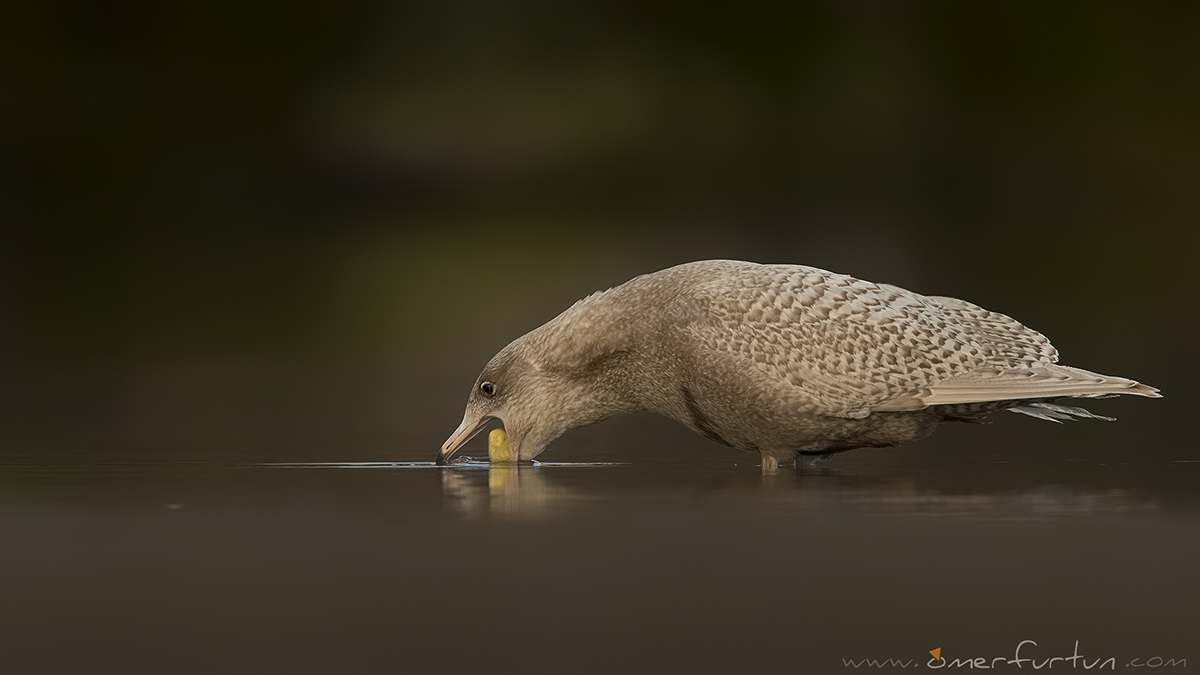
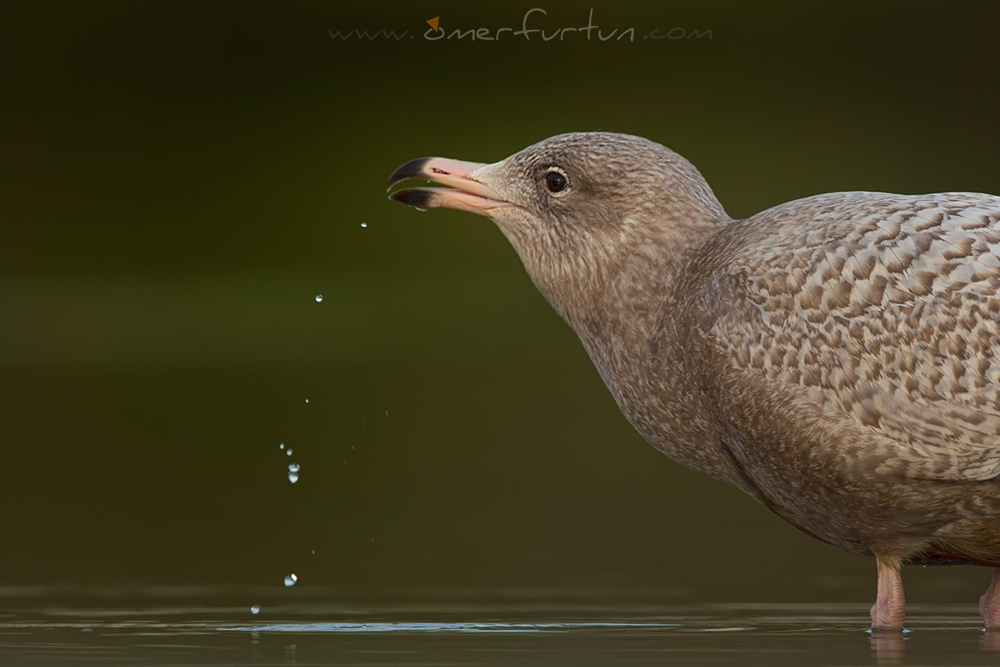
But wait—where is Necipoğlu?
I can’t believe it. Just a moment ago, he had wandered off, saying, “Let’s check other spots.” The stress from the butcher, the waiter, the manager, and the grocer finally fades away—but now, a new anxiety takes its place: "Necipoğlu didn’t get the shot!"
Glaucous Gull lingers just long enough, posing for us, before taking off. Fifteen minutes later, Necipoğlu returns, listening to everyone's animated retelling of what happened in the past half hour.
Tonight, in his Glaucous Gull nightmare, I won’t be there.
Luckily, we still have tomorrow.
—
The next morning, we are back at the site at dawn. This time, we position ourselves far from the landing spot. Out of respect for Necipoğlu and the others who have yet to see the Glaucous Gull, everyone waits in silence, barely breathing.
Meanwhile, a pair of Gadwalls land in the area. The light is perfect. The ducks are generous, offering beautiful poses.
I had said before, "I prefer chasing any bird that can help me capture the shots I imagine, to be in places where I can reflect the atmosphere I want in my photographs."
And this—this is exactly that kind of moment.
But we hesitate. If we step onto the field to photograph the Gadwalls, we might disturb the area and prevent the Glaucous Gull from landing. So, we just stand there, watching them.
They start posing so beautifully that even Necipoğlu, who has been holding his breath in anticipation, can’t resist.
"Go on, take the shots," he finally says.
Without wasting a second, we throw ourselves onto the damp ground, crawling closer to the Gadwalls.

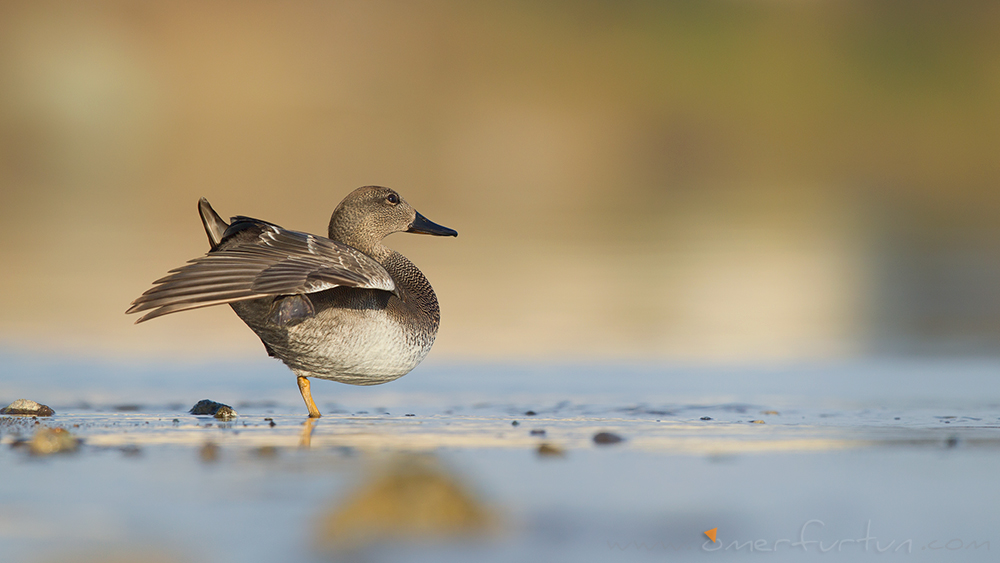
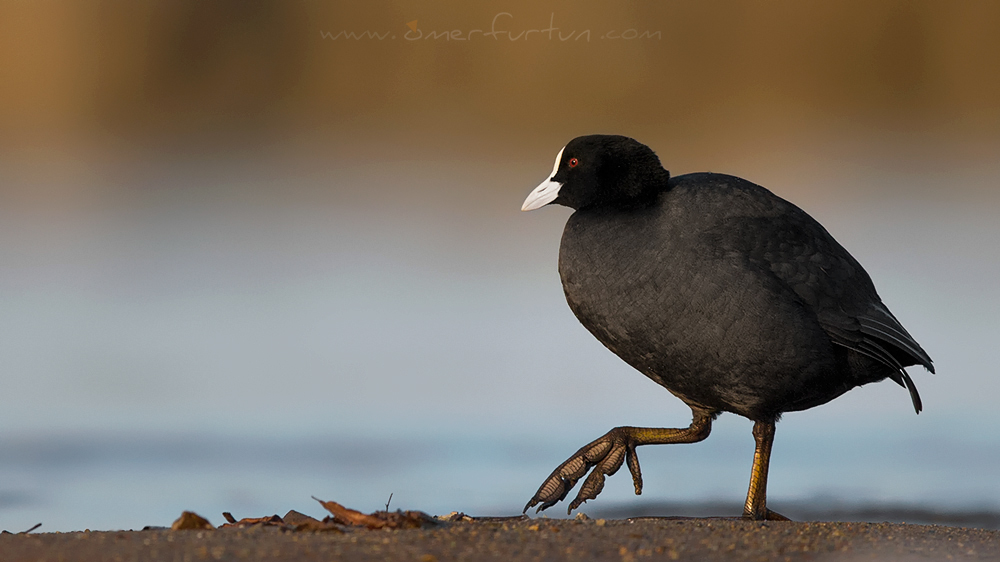
Thanks to Veysel, by noon, he spots the Glaucous Gull approaching from a distance. It seems to be about to land but then disappears again.
Fortunately, in that brief moment, Necipoğlu manages to capture his shot.
Even though I know I could never get enough of the conversations and camaraderie, this trip gave me the chance to reunite with old nature-loving friends in Trabzon and Rize—friends I hadn’t seen in years—and to meet new ones.
As we prepare for our journey home, I bid farewell to the Glaucous Gull, to Murat Saltık, whose sighting set this all in motion, and to Veysel, who took us under his wing from the moment we landed, making sure we had the perfect seafood feast to satisfy our longing for Black Sea fish and indulged in enough mıhlama (A favorite breakfast staple in Turkey’s northern Black Sea region - Melted Cheese and Cornmeal) to last a lifetime.
We say goodbye to all the other warm-hearted friends from the Black Sea, whose genuine kindness and support made this adventure unforgettable.
And then, I return to my neighborhood…
The butcher, the café waiter, the pastry shop manager, the grocer, the bank customer service rep, the taxi driver, and even the Yellow-legged Gull that visits my balcony—everyone can finally breathe a sigh of relief.
Trakus e-magazine Glaucous Gull special edition. Visit www.trakus.org to enlarge.



